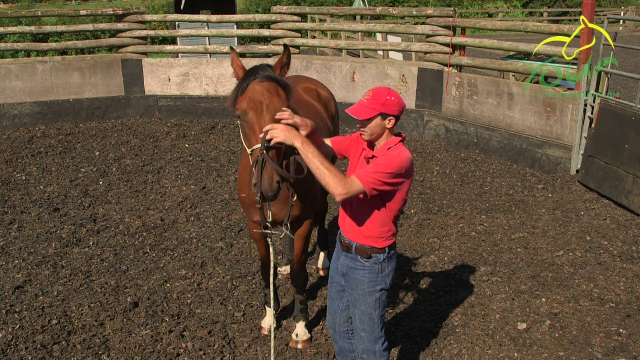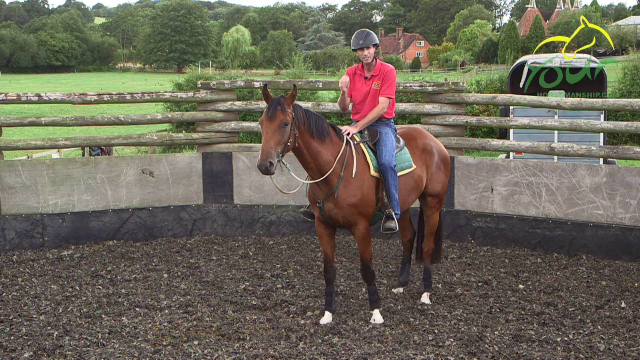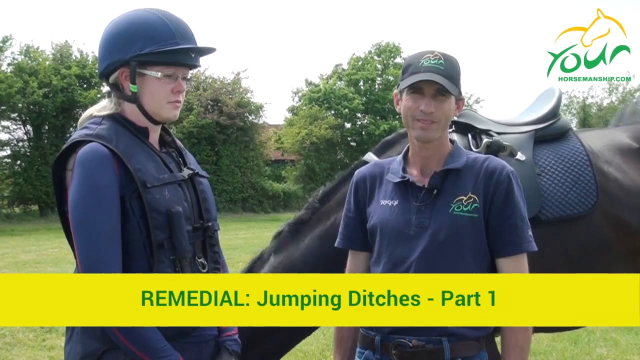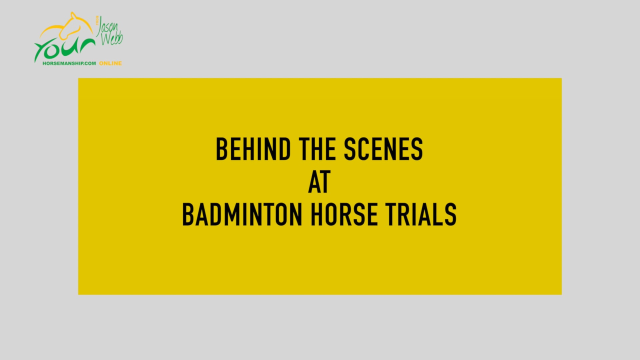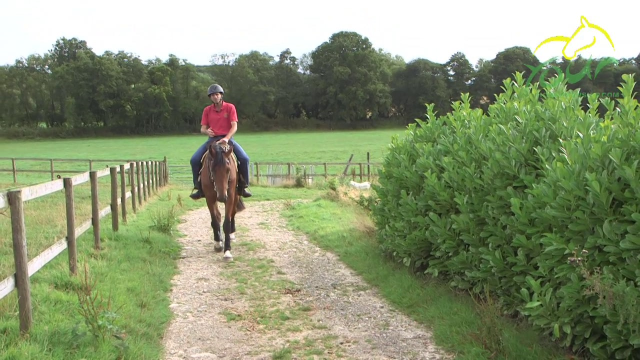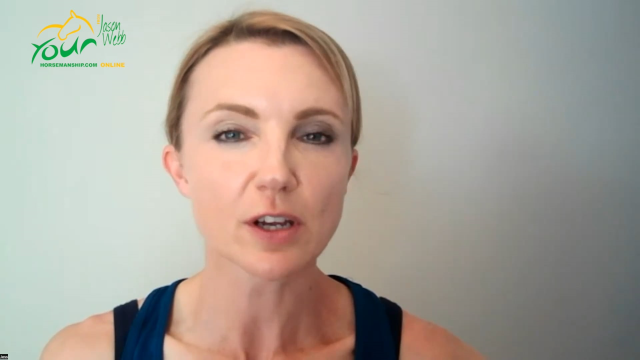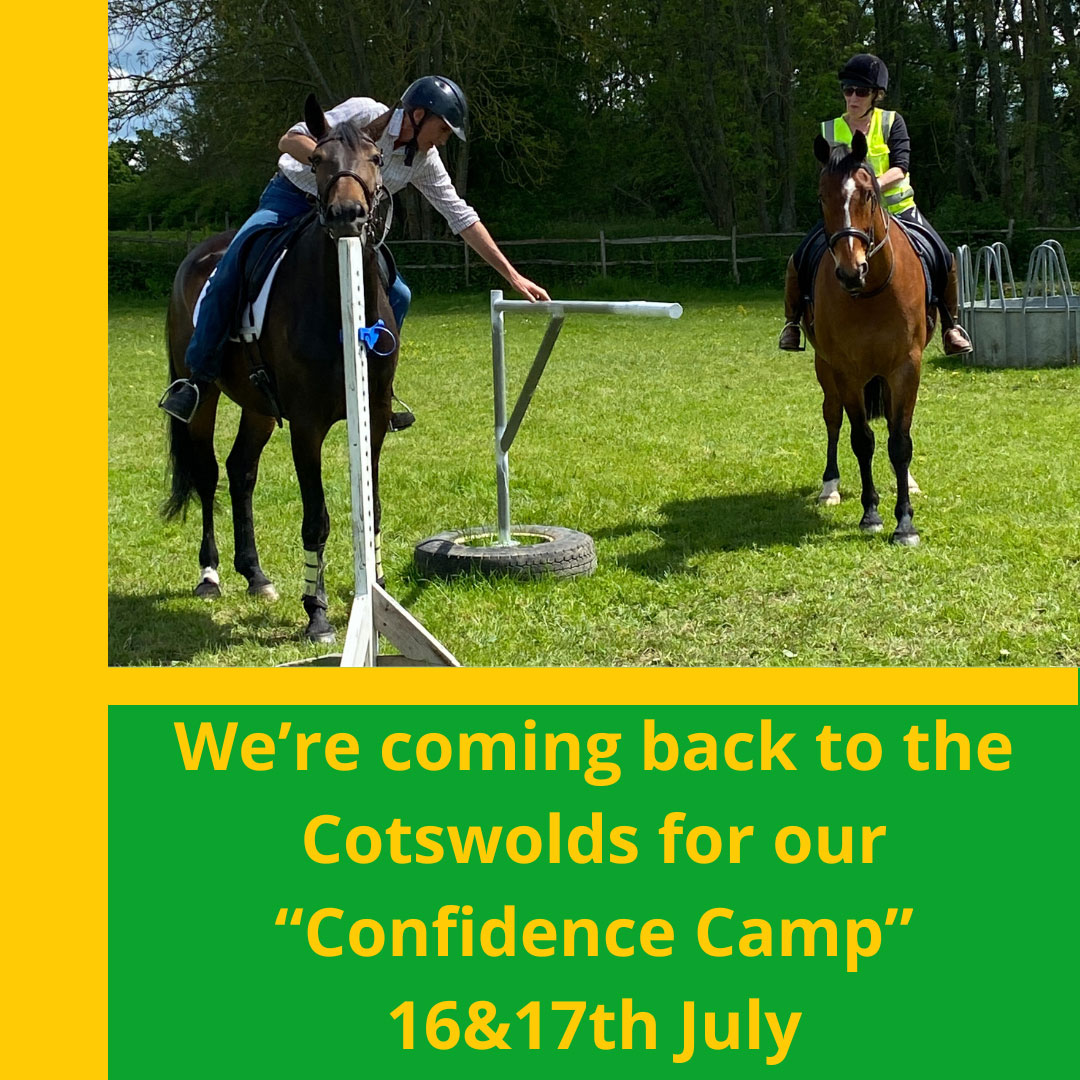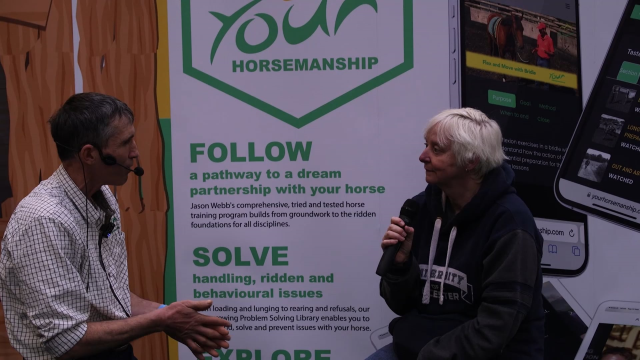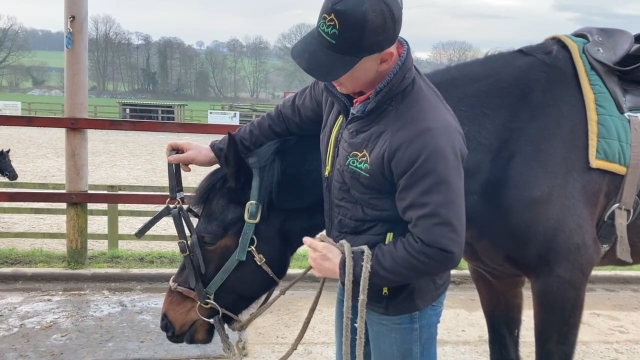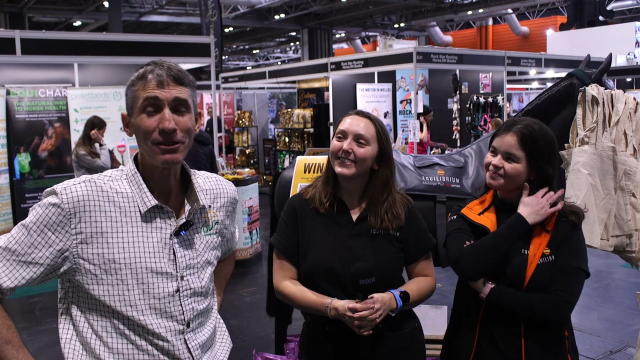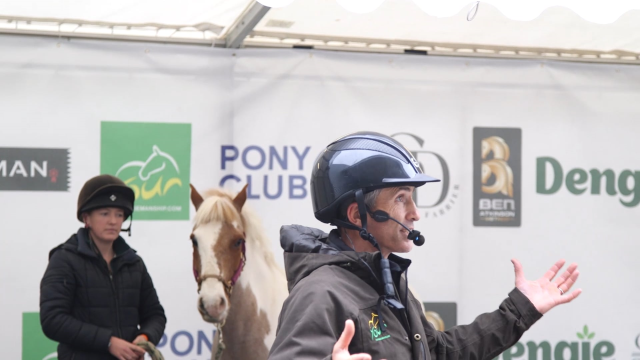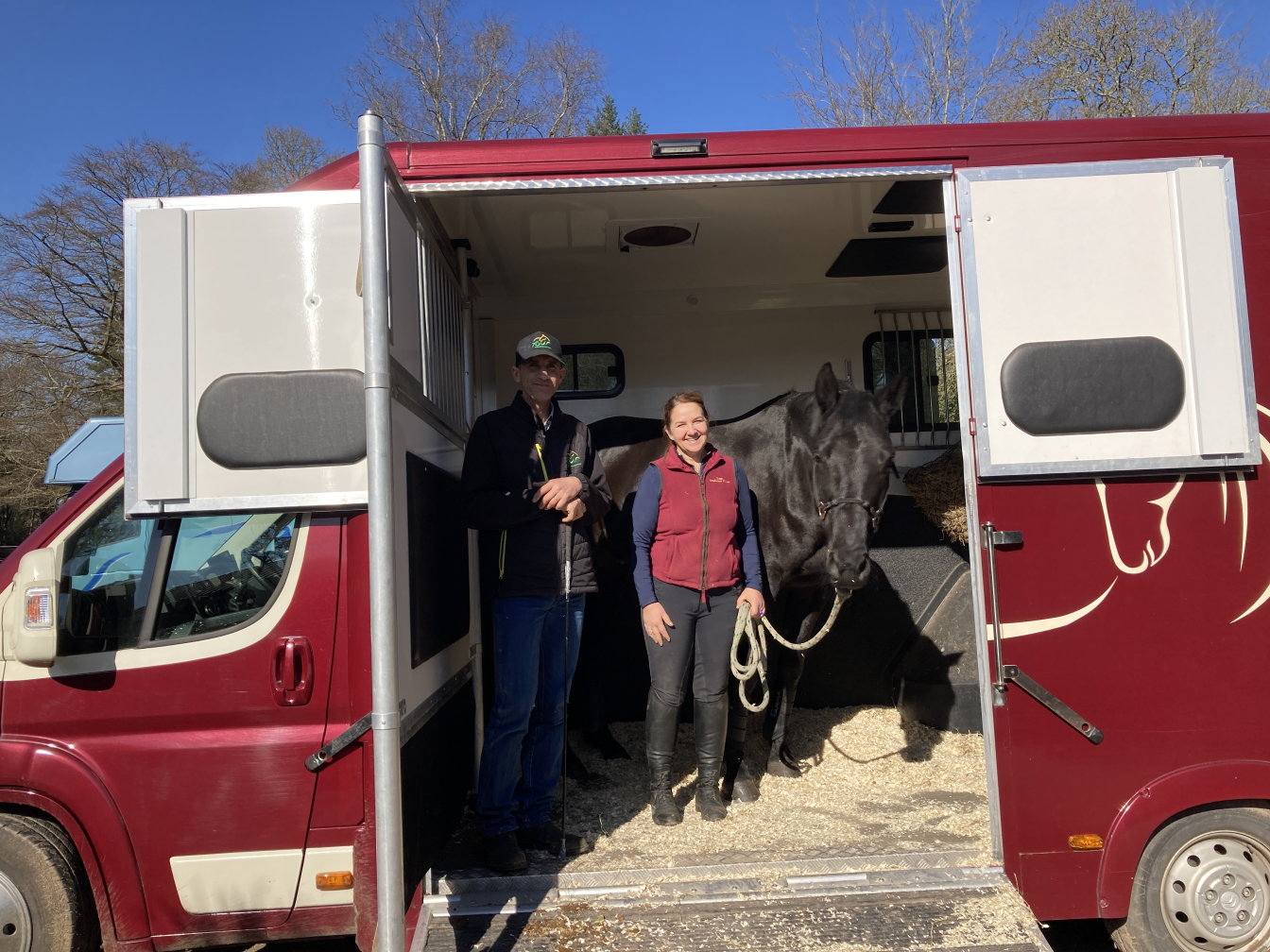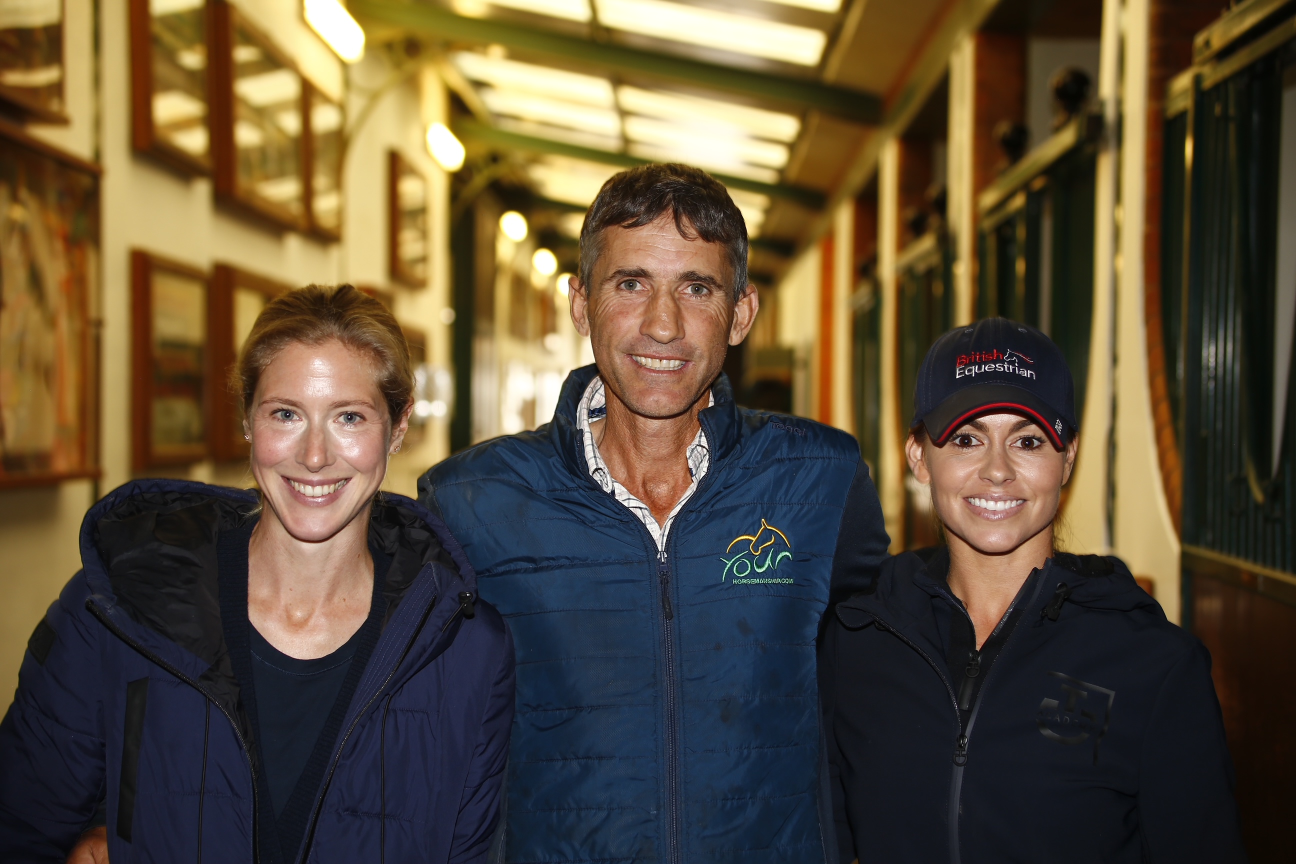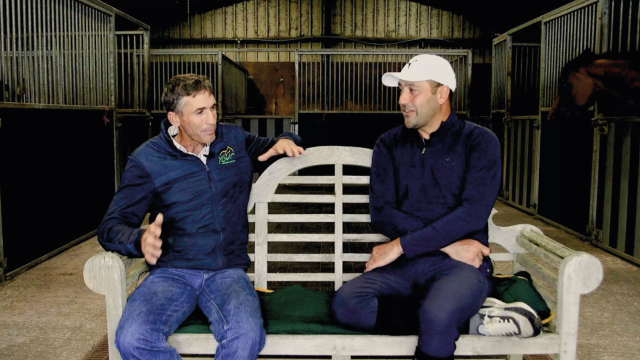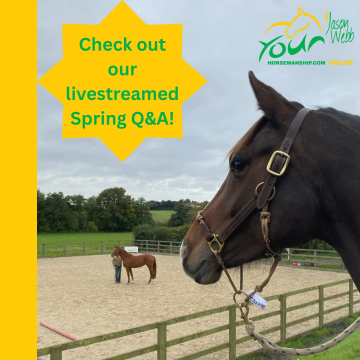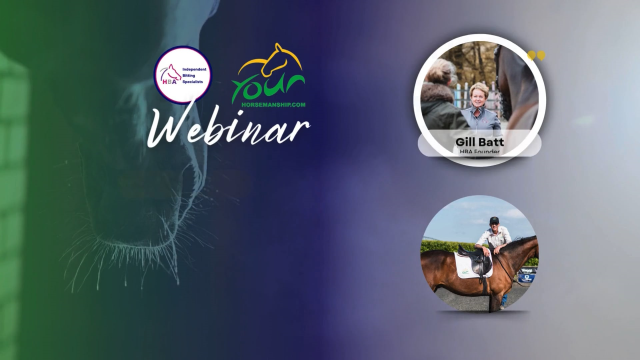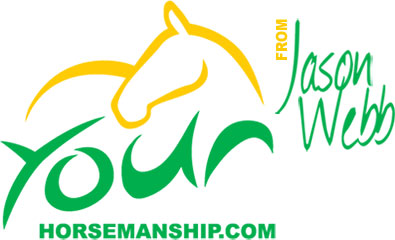In 64 days
2 Day Cotswolds Confidence Camp
Hacking out a 4yo Stallion for the first time
Ever wondered how to take a young, fresh stallion out for his first rides out? In this video, I take this 4-year-old out hacking round the farm and into the arena for the first time.
You’ll see how I manage any excitability and speed
Tips for negotiating logs and natural obstacles
A super simple exercise to help introduce a horse to a new arena calmly and confidently
This full video is now live for Your Horsemanship members and forms part of this stallion’s complete starting journey


